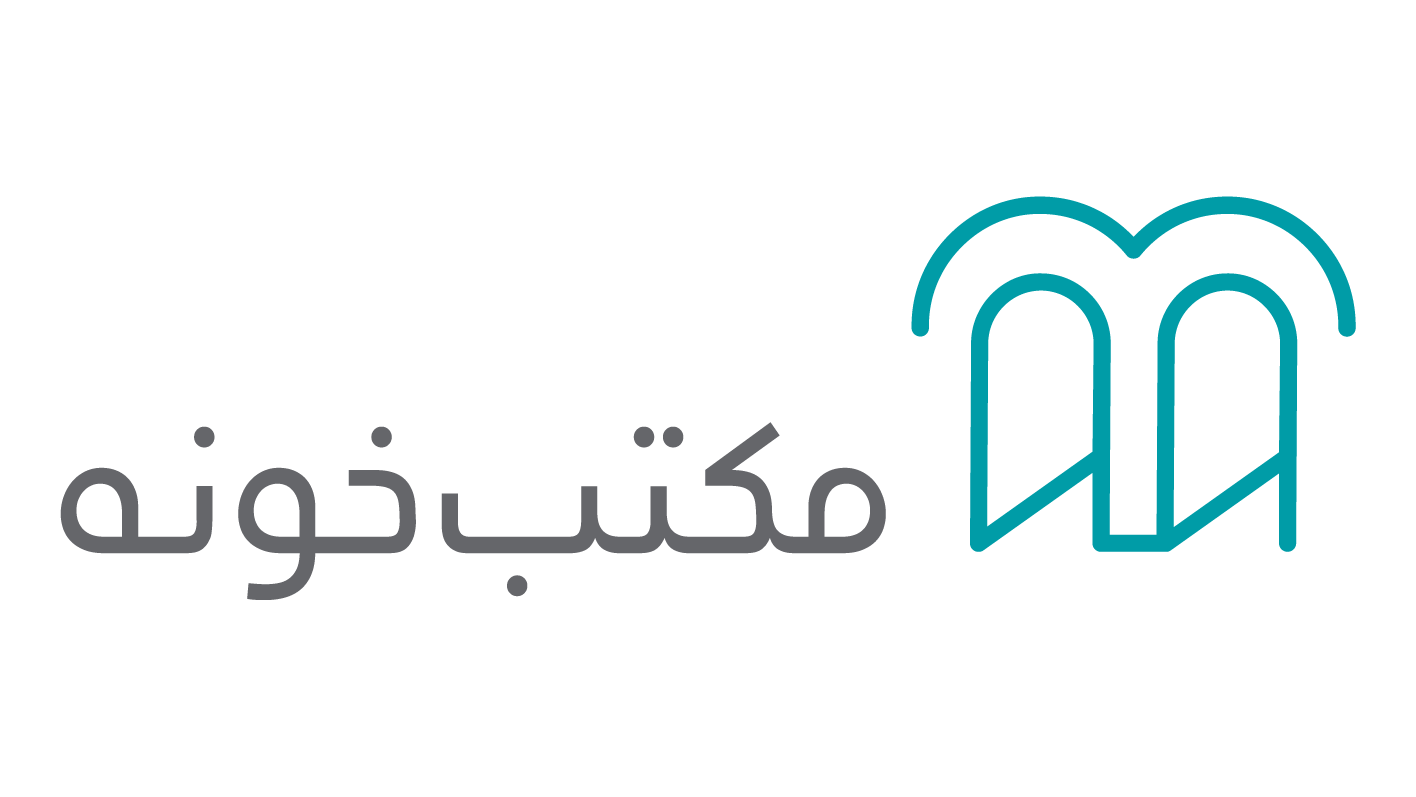Weeks 1 and 2 included some grammar which can help you perform better in the different item types of the speaking section of PTE Academic. This week, you will review two additional grammatical points: articles and language of comparison and contrast.
Articles
Articles are words which go before nouns and their function is to show if a noun is either specific or general. Let’s study the different types of articles:
The Definite Article: ‘The’
‘The’ is the definite article and it is used to refer to a specific noun. It can be used with singular, plural, and uncountable nouns. Examples:
Please use the correct form to submit the application. (singular)
The final results will be released in November. (plural)
Fish breathe the oxygen in the water. (uncountable)
‘The’ can also be used in these cases:
When there is only one thing of something: e.g. The sun is very bright
When something has been mentioned before: e.g. I saw a mouse. The mouse was huge.
With the names of seas, oceans, rivers and countries with a plural noun: e.g. The Mississippi River is in the United States.
In noun + of + noun phrases: e.g. The south of France is beautiful.
In superlatives: e.g. The tallest building in the world is over 800 metres tall.
Do not use ‘the’ with the following:
Names of most cities, countries or continents: Sydney, India (not the Sydney, or the India)
Days of the weeks and months: On Monday, In March (not on the Monday, in the March)
Sports: I play soccer, (not I play the soccer)
Indefinite Articles: ‘A/An’
This type of article uses the forms ‘a’ or ‘an’ and it is used with singular countable nouns denoting a general idea. ‘A/an’ can be used:
The first time the noun is mentioned: e.g. I saw a mouse. The mouse was huge.
With jobs: e.g. He is an architect, She works as a teacher.
Consider the following when using indefinite articles:
Use ‘a’ if the word begins with a consonant (e.g. a house, a long movie). Exception: if the consonant is unpronounced, use ‘an’ instead (e.g. an honest person).
Use ‘an’ if the word starts with a vowel (e.g. an umbrella, an expensive car). Exception: if the vowel is pronounced with a consonant sound, use ‘a’ (e.g. a university, a useful tip).
Do not use ‘a’ or ‘an’ with uncountable nouns: e.g. I want a water. In these cases, use ‘some’ or include a countable noun: I want some water. / I want a glass of water.
The Zero Article
As its name suggests, this is when an article is not used before a noun. This occurs when referring to nouns with a general or abstract meaning, and can be used with plural and uncountable nouns.
Elephants in Africa are under threat. (general: all elephants in Africa)
Oil and water don’t mix.
The zero article can be used when referring to:
Languages: I speak French (not the French)
Places, such as Wall Street, Macquarie University, JFK Airport, Bangkok, England.
Academic subjects: My favourite subject is biology (not the biology)
Meals: We need to have breakfast (not the breakfast)
Language of comparison and contrast
In Describe Image items, you are likely to be presented with a graph. In these cases, it is important that you show appropriate relationships by comparing and contrasting the information contained in the graphs. Let’s see how you can use language of comparison and contrast.
Comparative adjectives: Use these when comparing two nouns and can be formed as follows:
Adjectives with one syllable: add ‘-r/-er’ (e.g. higher, larger, bigger).
Adjectives with two syllables ending in ‘-y’: change the ‘y’ and add ‘-ier’ (e.g. happier, prettier).
Adjectives ending in ‘-ed’ or ‘-ing’ and most adjectives with two syllables: add ‘more’ before the adjective (e.g. more boring, more crowded, more common, more peaceful).
Adjectives with three or more syllables: use ‘more’ before the adjective (e.g. more attractive, more successful).
Include ‘than’ as part of your sentence (e.g. It is more expensive to live in a city than in a small town).
Superlative adjectives: Use these when describing a noun that is at the highest or lowest limit of a group. They can be formed as follows:
Adjectives with one syllable: add ‘-st/-est’ (e.g. highest, largest, biggest).
Adjectives with two syllables ending in ‘-y’: change the ‘y’ and add ‘-iest’ (e.g. happiest, prettiest).
Adjectives ending in ‘-ed’ or ‘-ing’ and most adjectives with two syllables: add ‘the most’ before the adjective (e.g. the most boring, the most crowded, the most common, the most peaceful).
Adjectives with three or more syllables: use ‘the most’ before the adjective (e.g. the most attractive, the most successful).
Remember to include ‘the’ before the adjective or most (e.g. This was the cheapest car I could find.).
Comparative/superlative adverbs: The rules above apply when the comparison requires the use of an adverb. Examples:
I usually speak more quickly than my friends.
The students often work harder towards the end of the semester.
You can contact me the easiest by text.
The team played the best they could, but they didn’t win the match.
as … as: Use this structure when the two nouns being compared are equal in some form. The adjective does not change. Examples:
Divorce rates are twice as high as they were last year.
This room is as big as the one next door.
This structure can also be used with adverbs to compare two actions:
We didn’t finish as quickly as we’d hoped.
The presenter spoke as enthusiastically as he possibly could.
Comparison and contrast language is especially useful for Describe Image tasks. Look at some example sentences from student responses to this item type:
The land allocated for the public park is significantly smaller than the land allocated for the school.
The roads are much busier during June than they are in December.
The most important export for this country is oil.
